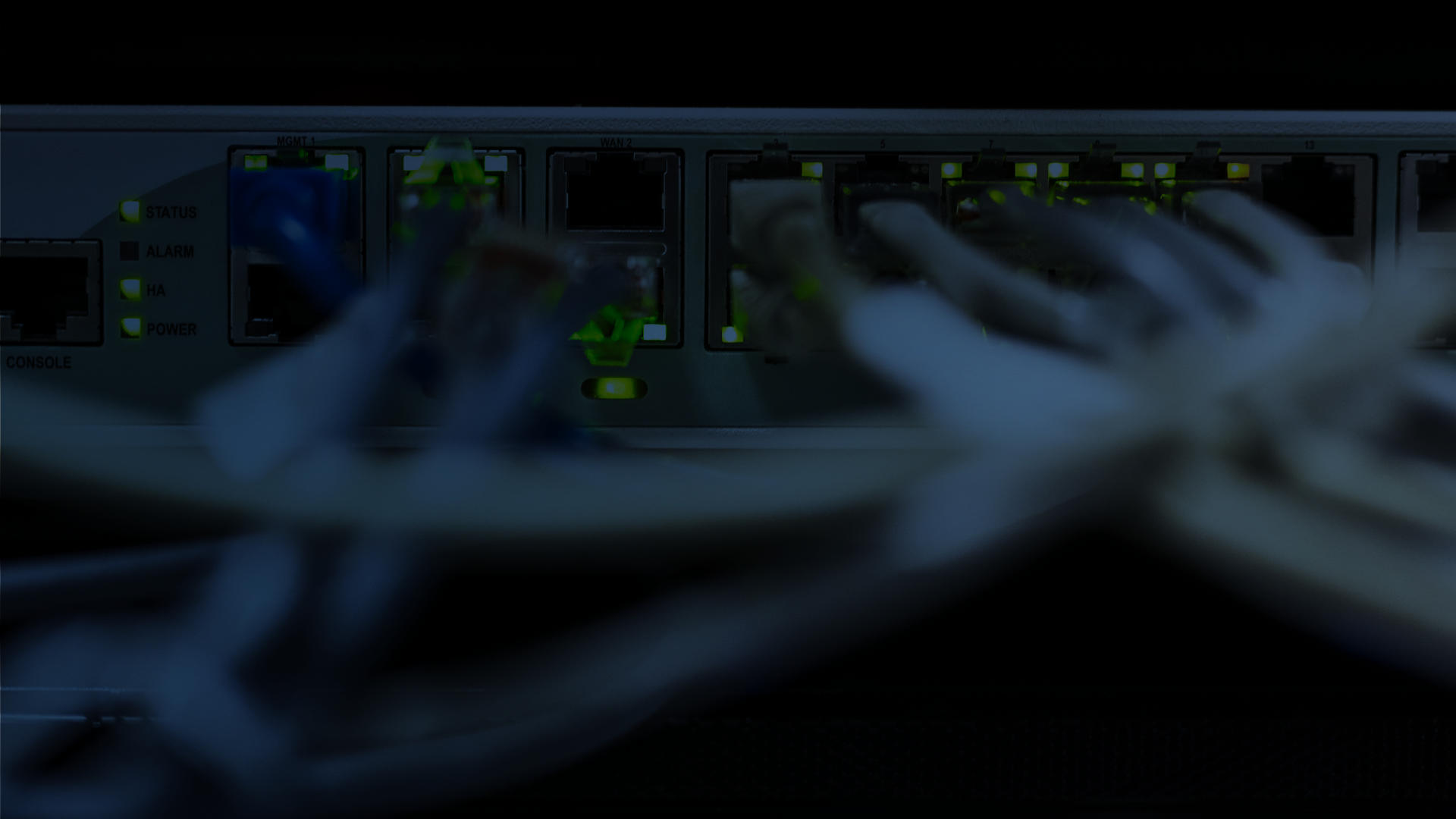A Local Area Network (LAN) is a network that connects computers and other devices within a limited area, such as a home, office, or school. Here’s a quick overview:
Key Features of a LAN
- Geographic Scope: LANs offer high data transfer rates, often ranging from 10 Mbps to 10 Gbps1.
- High Speed: Common technologies used in LANs include Ethernet and Wi-Fi.
- Technology: Directs traffic between the LAN and the internet.
Components of a LAN
- Router: Directs traffic between the LAN and the internet.
- Switch: Connects multiple devices within the LAN and manages data traffic.
- Access Points: Provide wireless connectivity for devices.
- Cabling: Ethernet cables (Cat5, Cat6) are commonly used for wired connections2.
Types of LANs
- Wired Network: Uses Ethernet cables for connections. It’s fast and reliable but requires physical cabling.
- Wireless LAN (WLAN): Uses Wi-Fi for connections. It’s convenient and easy to set up but can be less secure and slower than wired LANs.
Benefits of a LAN
- Resource Sharing: can share files, printers, and internet connections.
- centralised Management: Easier to manage and secure compared to larger networks.
- Scalability: Can be easily expanded by adding more devices.
